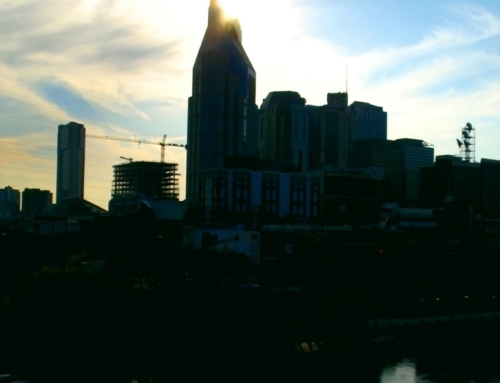Maryland is historically famous for being home to religious toleration, a commitment born of delivering justice to Roman Catholics in the 17th century. Today it has become their enemy.
In one of the grossest injustices in the modern era, Maryland Gov. Wes Moore signed into law a bill that created two tiers of justice in cases involving the sexual abuse of minors: one for public entities and one for private entities. This kind of disparate treatment is not likely to pass muster in the courts. We are already in conversation with counsel on this issue.
This is all about money, not justice. How can anyone fairly adjudicate claims made about an alleged offense when the offender is dead and buried? He can, of course, because the claimant is not going after an individual—he is going after an institution.
If this were about getting guilty individuals, then trial lawyers would sue live-in boyfriends; they are the most likely to abuse a minor. But there is nothing but chump change there, so why not stick it to the Catholic Church?
The real topper is this: those who sue private institutions—and we all know which private institution will be targeted—can get awarded as much as $1.5 million, but if the exact same offense were incurred in the public sector, such as in a public school, the maximum amount that can be awarded is $890,000. This amounts to religious profiling, and that is why the courts will have a field day with this issue.
This law was inspired by an attack on the Catholic Church: No other institution, religious or secular, was investigated.
On April 5, Maryland issued the “Attorney General’s Report on Child Sexual Abuse in the Archdiocese of Baltimore.” The report’s stated goal was “to make public for the first time the enormous scope and scale of abuse and concealment perpetrated by the Archdiocese of Baltimore.” Unlike most journalists who have commented on this report, we actually read it.
The 463-page report does not provide the kind of clear-eyed accounting that would be expected. Rather, it buries critical information in “Abuser Narratives” that provide varying degrees of detail on the alleged offenses by the accused.
That did not stop us from doing a deep dive into the report, matching it up with data culled from the Archdiocese of Baltimore. Here is what we found.
Who were the alleged offenders?
The report lists 156 individuals accused of molestation dating back to the 1930s. Of that number, the Archdiocese of Baltimore had already published the names of 152 of these individuals. Two were nuns, four were male teachers, five were deacons, one was briefly in the seminary in Maryland before being kicked out, and 144 were priests.
Of the 156 named in the report, 104—two thirds—are dead. Another third, 51, are alive, but to our knowledge none are still in ministry; it is unknown if one is dead or alive.
Who were the victims?
Approximately two-thirds were male; approximately a quarter were female; the rest were both male and female.
When did the abuse occur?
Most of it was in the 1960s and 1970s.
Between the mid-1930s and the mid-1940s, instances of alleged abuse were zero. Between the mid-1940s and the end of the 1950s, there were an average of 20 allegations for each of the three five-year periods.
In the first half of the 1960s, the numbers increased to under 60; they then shot up dramatically to approximately 100 in the late 1960s. In the first half of the 1970s, there were approximately 100 alleged incidents; there were almost 120 in the second half of the decade.
In the 1980s, the number of accusations declined (there were approximately 120 incidents in the decade). In the first half of the 1990s, there were approximately 20 alleged incidents.
Between 1990 and 2019, there were virtually no instances of alleged abuse.
This profile is consistent with Bill Donohue’s own research. In his book, The Truth about Clergy Sexual Abuse: Clarifying the Facts and the Causes, he found that almost all the molesters were homosexuals who preyed on postpubescent boys; they were either dead or thrown out of ministry. Almost all of the abuse took place during the sexual revolution of the 1960s and 1970s.
We have called on Maryland’s Attorney General and state lawmakers to launch an investigation into the sexual abuse of minors in the public schools. When USA Today did a study of every state, awarding a letter grade based on the degree of diligence exercised in dealing with this problem, it gave Maryland an “F.”
Maryland failed in providing adequate background checks; failed in offering transparency; failed in having strong mandatory reporting of teacher misconduct; and failed in sharing misconduct information with other states.
The gig is up. We contacted the Maryland Attorney General and all members of the legislature, asking them to launch a probe of the public schools.






